Since Pokémon was first announced and in every subsequent news cycle where new Pokémon are revealed for upcoming games, fans have questioned what exactly makes a Pokémon design look like a Pokémon.
Every time a new game is announced and the designs start popping up online, there is an instant response to certain Pokémon designs where fans will call them fake. It doesn’t help that in today’s leaking culture there are plenty of Fakemon artists who try to pass off their interpretations as real up until the games actually release.
As mentioned by veteran Fakemon designer Xelshade in a detailed analysis of this topic, just being an official design from Game Freak does not necessarily bring about the feeling that a Pokémon is really a Pokémon.
In some cases, that is on purpose, like with the Ultra Beasts, but in others, it is a case of the fan’s perception of each design.
In an old Nintendo Power issue from Nov. 2019, lead Pokémon designer Ken Sugimori gave a fairly open-ended answer to how he and his team come up with an “official” design.
“In terms of how we decide which ones make the cut…hmmm. Well, in the games, Pokémon serve two roles. They fight for you, but they’re also your companions,” Sugimori said. “So a Pokémon needs to seem ferocious enough to be potent in combat, while also looking endearing enough that you’d want it as a friend. It can’t be too ferocious. It’s difficult to strike that balance, so that’s probably the biggest criteria we’re looking for.”
The balance between striking features is at the core, and in order to find that balance, Game Freak tends to design triple the number of Pokémon that actually make the cut per generation. Each designer will bring their rough designs forward and then discuss features individually until they are either left behind or enter an intense revision period.
Xelshade goes on to detail the four main factors they, and most Fakemon designers take into account when both creating their own Pokémon for fan projects or that can be used to reliably debunk false designs.
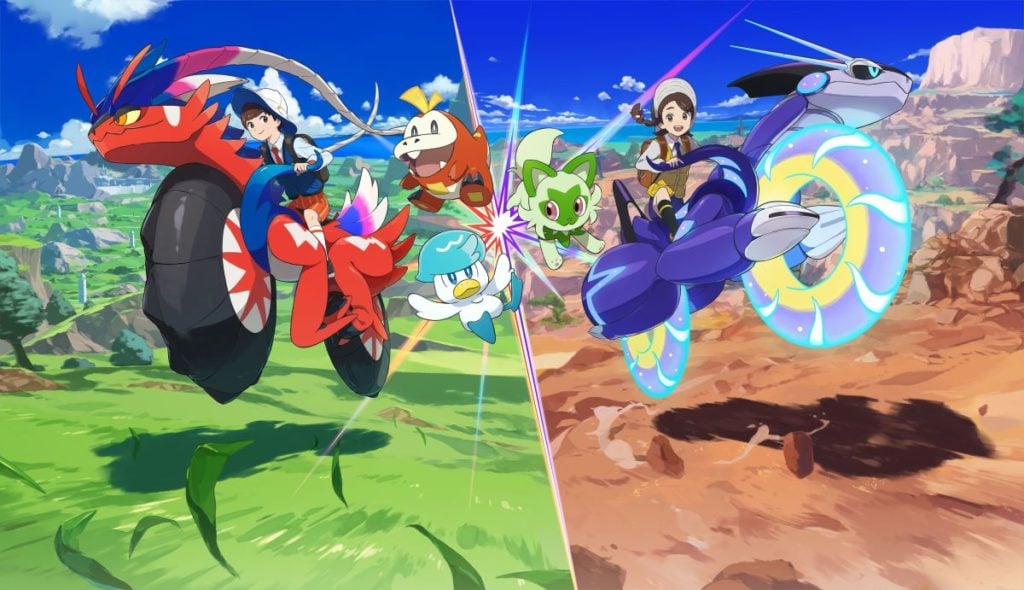
- Color Count
- A loose concept that has changed over time, but generally involves two to four colors per Pokémon design in most modern generations.
- Helps keep things easy on the eye yet sharp thanks to contrast and a dominant color approach.
- Level of detail
- Most Pokémon tend to lean toward a more simplistic design in the early stages and then get slightly more detailed as they evolve.
- Newer generations face fewer technical limitations so in some cases a Pokémon can be overly detailed compared to older designs, but for the most part, each Pokémon will have one intricate feature and the rest will build off of that.
- Anatomy and Proportions
- Stylized but not exaggerated in that shapes are simple but used in ways that tend to balance out and never lean too far into realism or unbelievable proportions.
- Relatable Features
- The “looks like your friend” insurance where a Pokémon will always have some variation of the following in pairs of at least two: eyes, mouth, or limbs.
- Some Pokémon have all of them and other Pokémon very loosely meet the definition of any, with the key exceptions being Ultra Beasts by design.
As expected from just looking at a hybrid version of Xelshade’s much deeper analysis, you can still tell that balance is the “pillar” of what makes a Pokémon a Pokémon.
This means using a moderate approach to colors, detailing, and proportions to reach that friendly yet battle-ready medium the franchise is known for. Those design philosophies have been changing with each generation and you can see newer influences playing with the limits of Sugimori’s philosophies—potentially causing more drastic reactions to new Pokémon and an uptick in official designs being called “not Pokémon-like.”
As we enter Gen 9 with Scarlet and Violet, it is clear The Pokémon Company and Game Freak have not only pushed the boundaries with many base designs of Pokémon found in Paldea but also with some of the redesigns, forms, and variants that have brought new looks and optics to classic Pokémon in different ways.
“I’m a Fakemon designer and an artist in the game industry, and sticking to a design philosophy is absolutely something that concept artists need to do,” Xelshade said in another design post.
“And when people say a design ‘doesn’t look like a Pokémon,’ they’re really expressing that they don’t think it fits the established design language of Pokémon. It’s just inconvenient to say that.”
Whether each person likes or dislikes a design is still entirely subjective, but this study has clarified the pillars that could lead to a new Pokémon being deemed a Fakemon at first glance and the exact balance fan artists want to take when creating their own designs.
You can read the full analysis, called “What Looks Like a Pokémon,” on Reddit along with further discussion on the same topic from Xelshade and others.


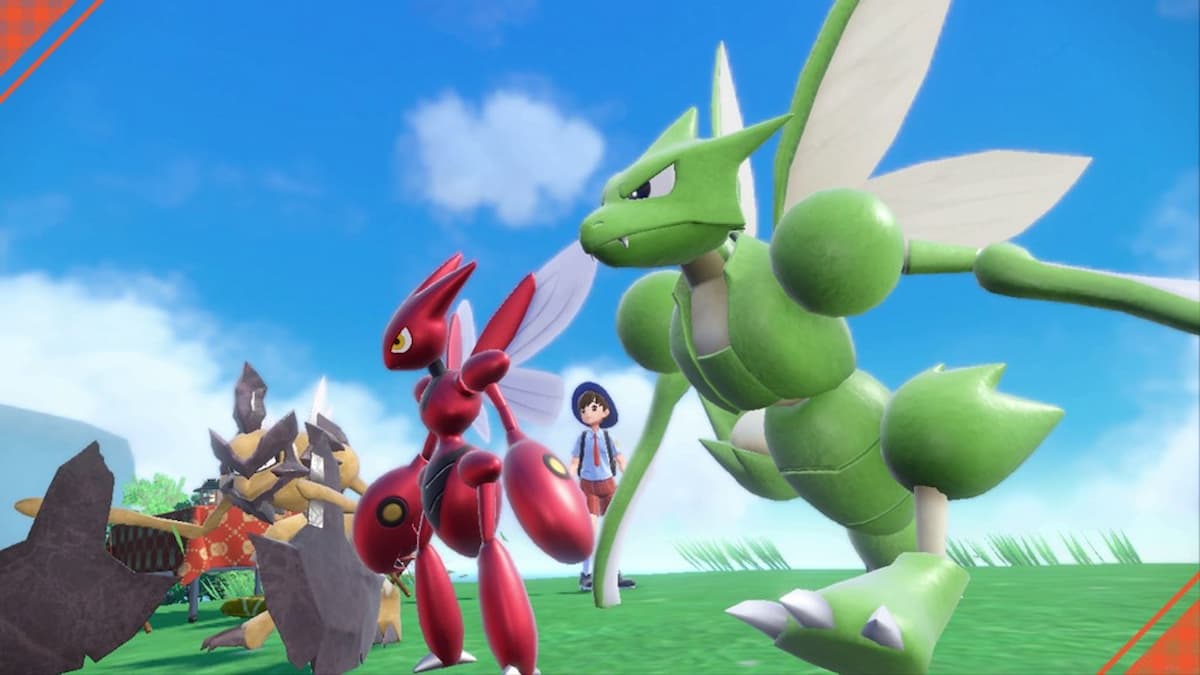
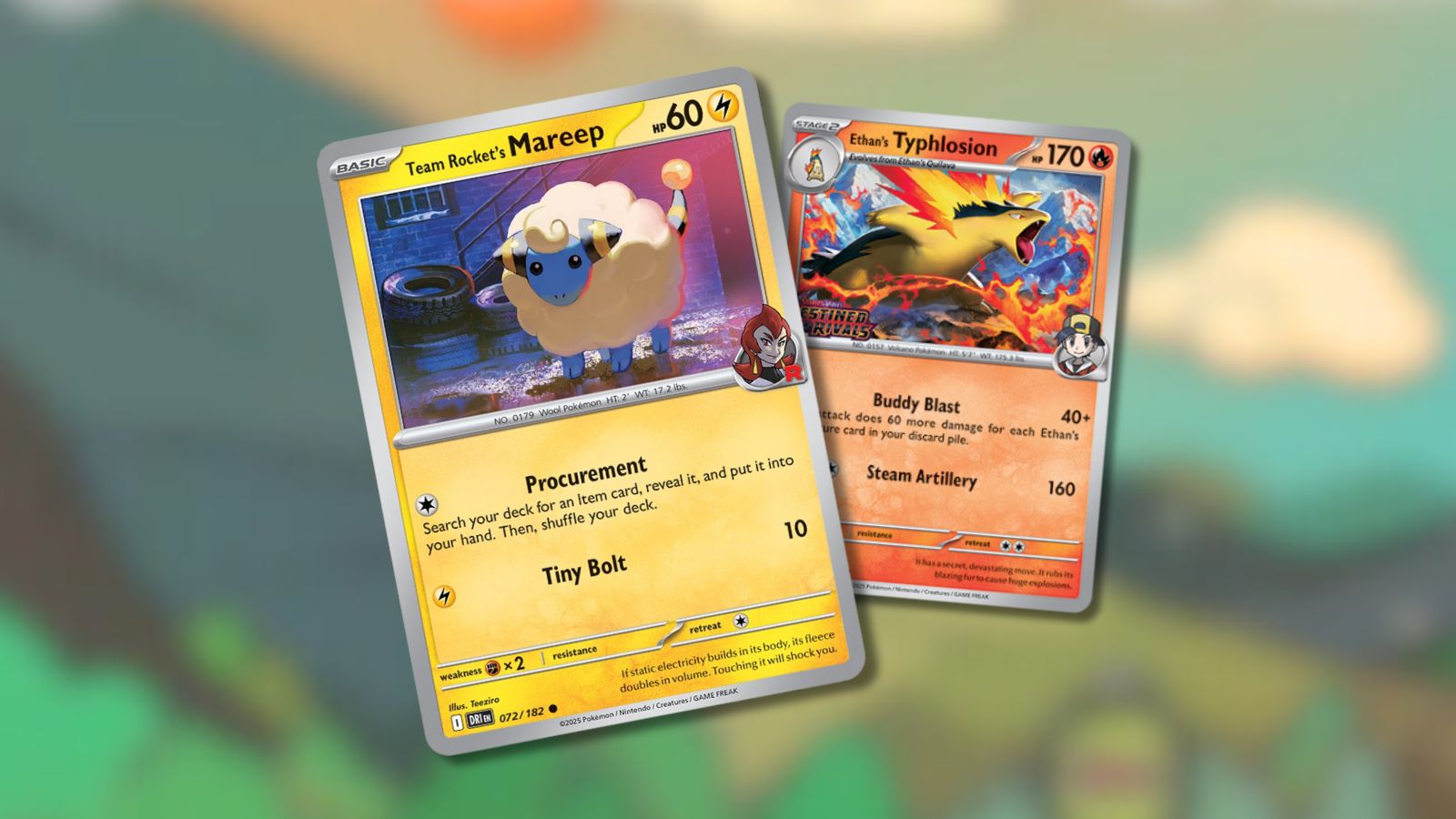

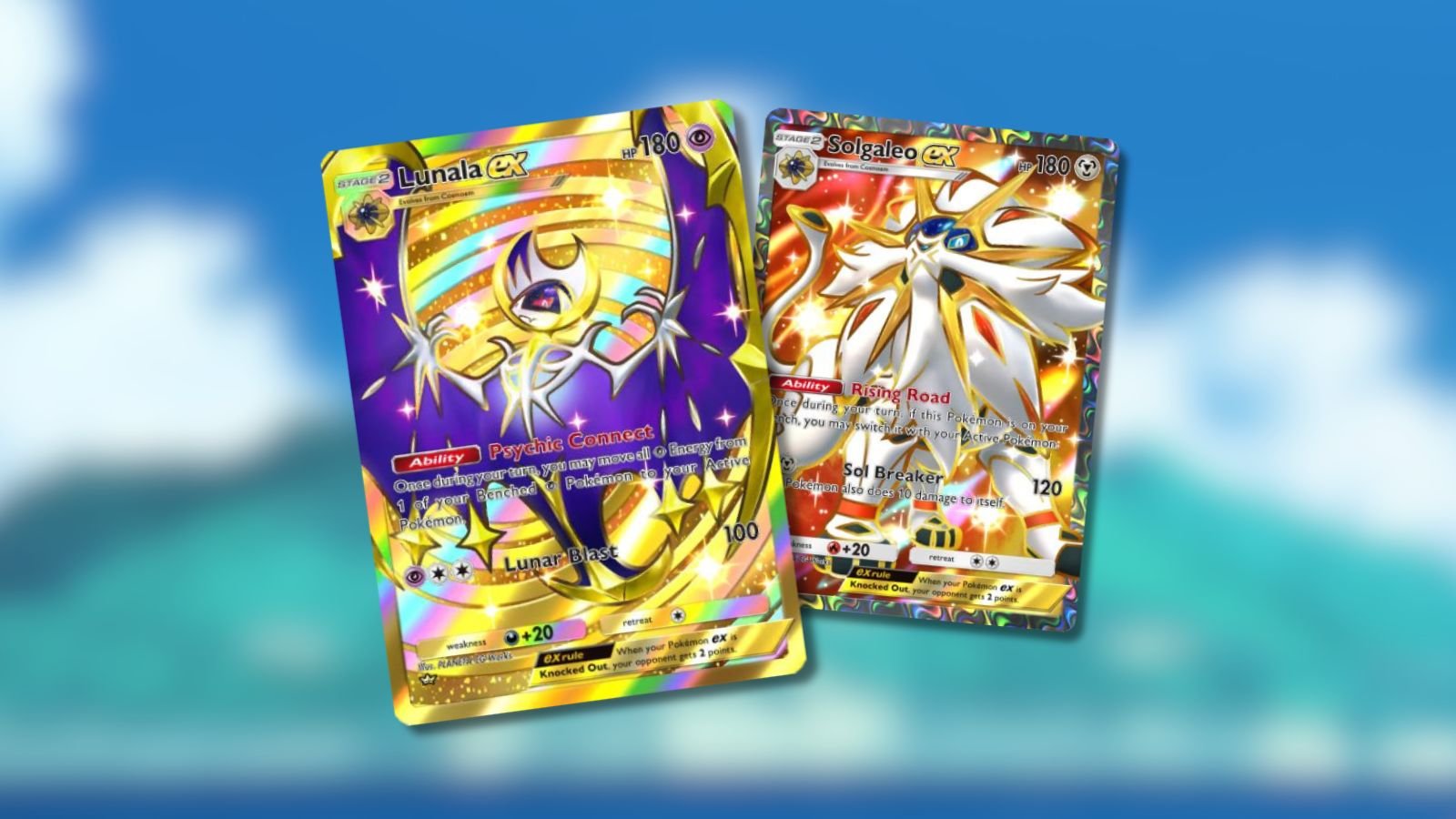
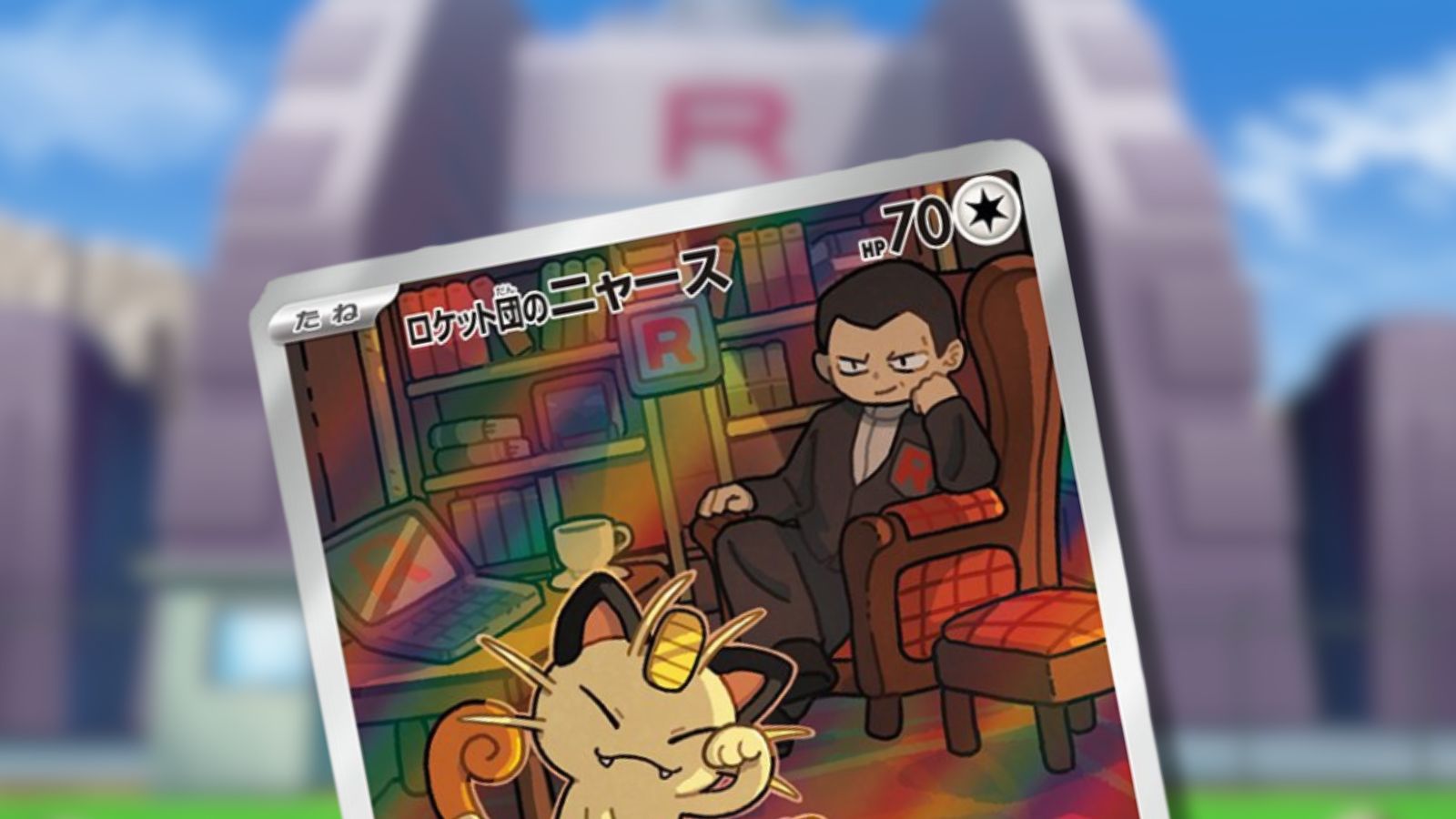
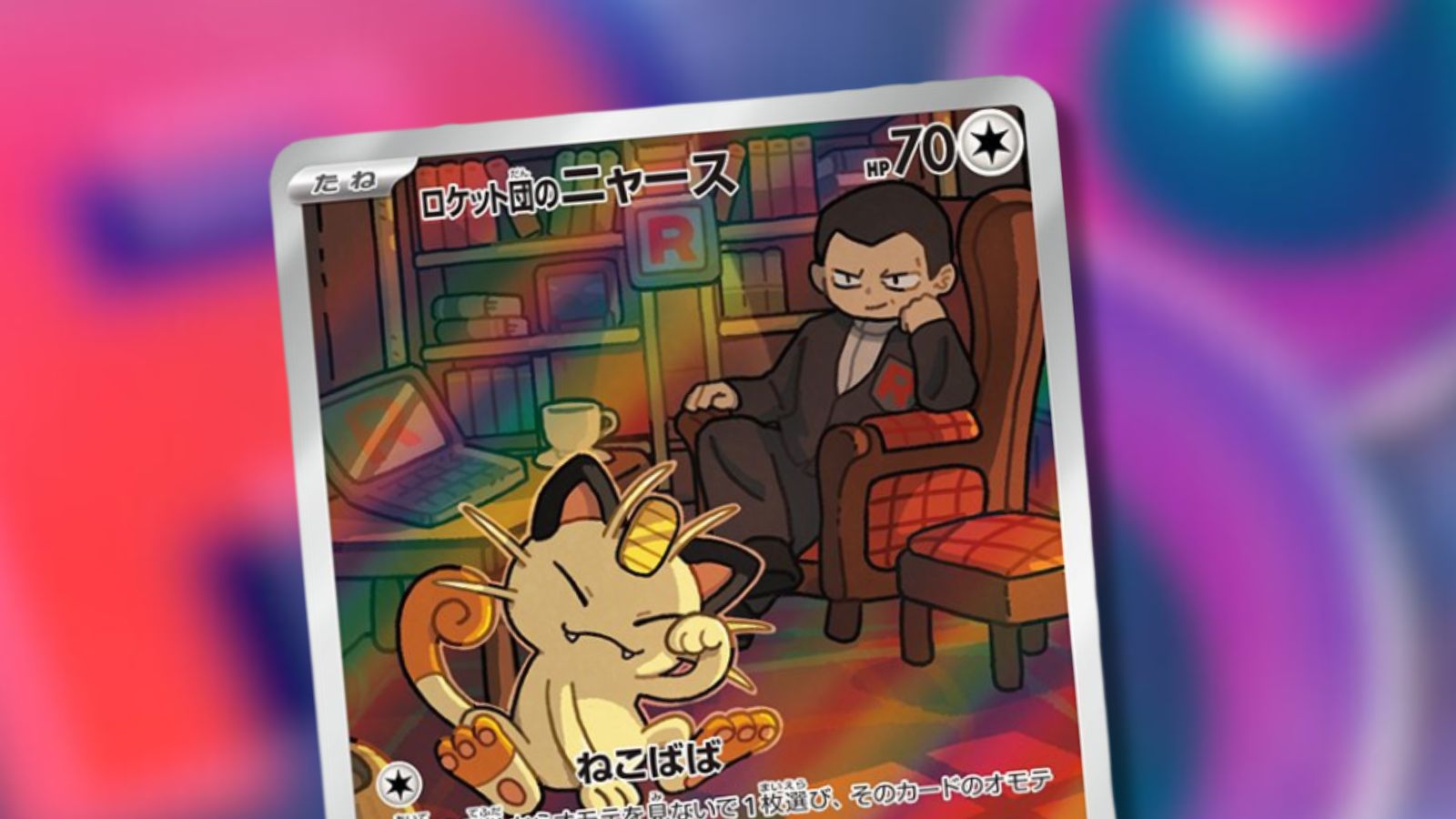
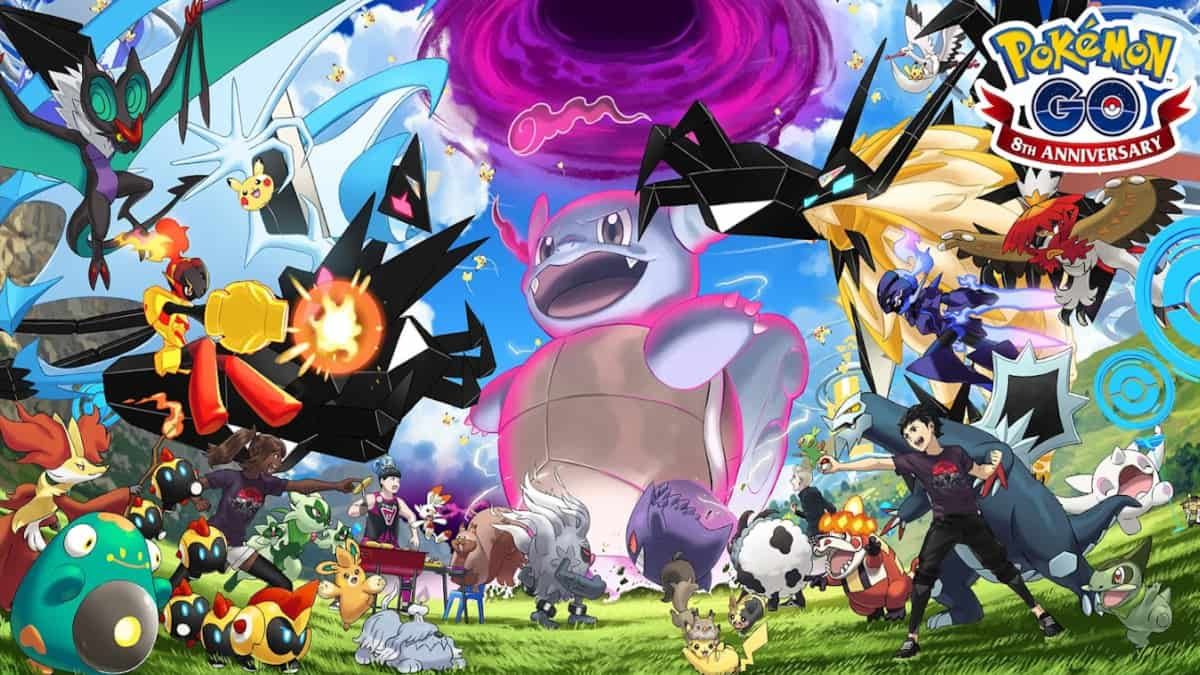

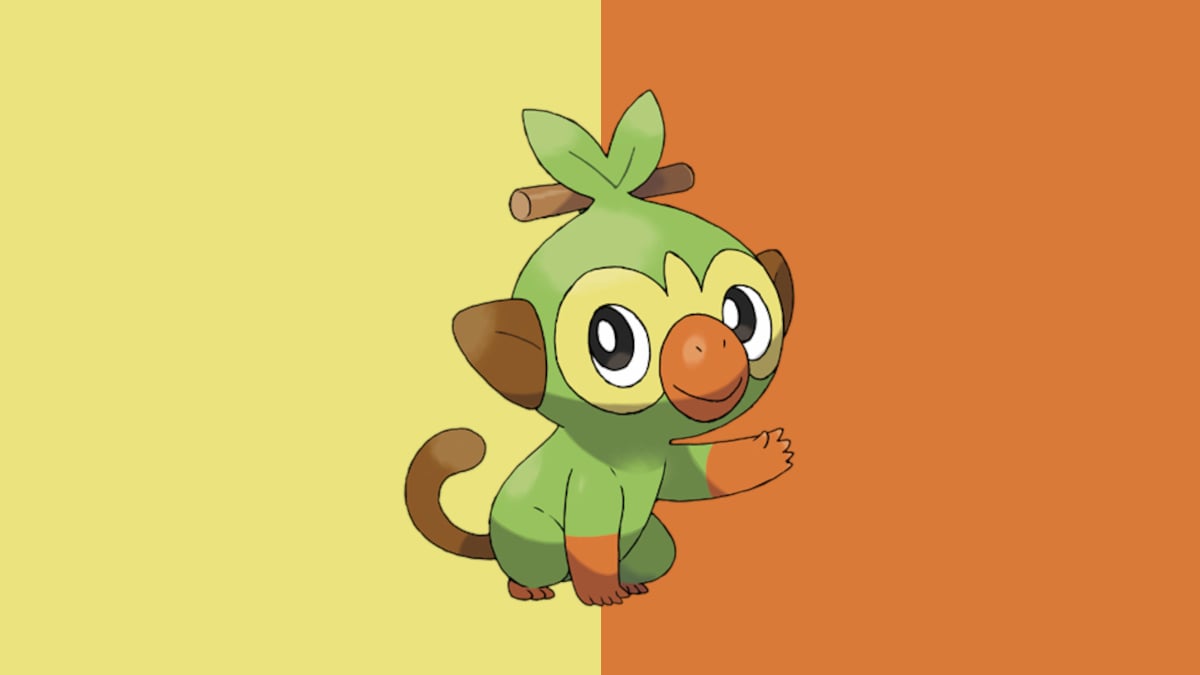

Published: Nov 16, 2022 10:27 pm